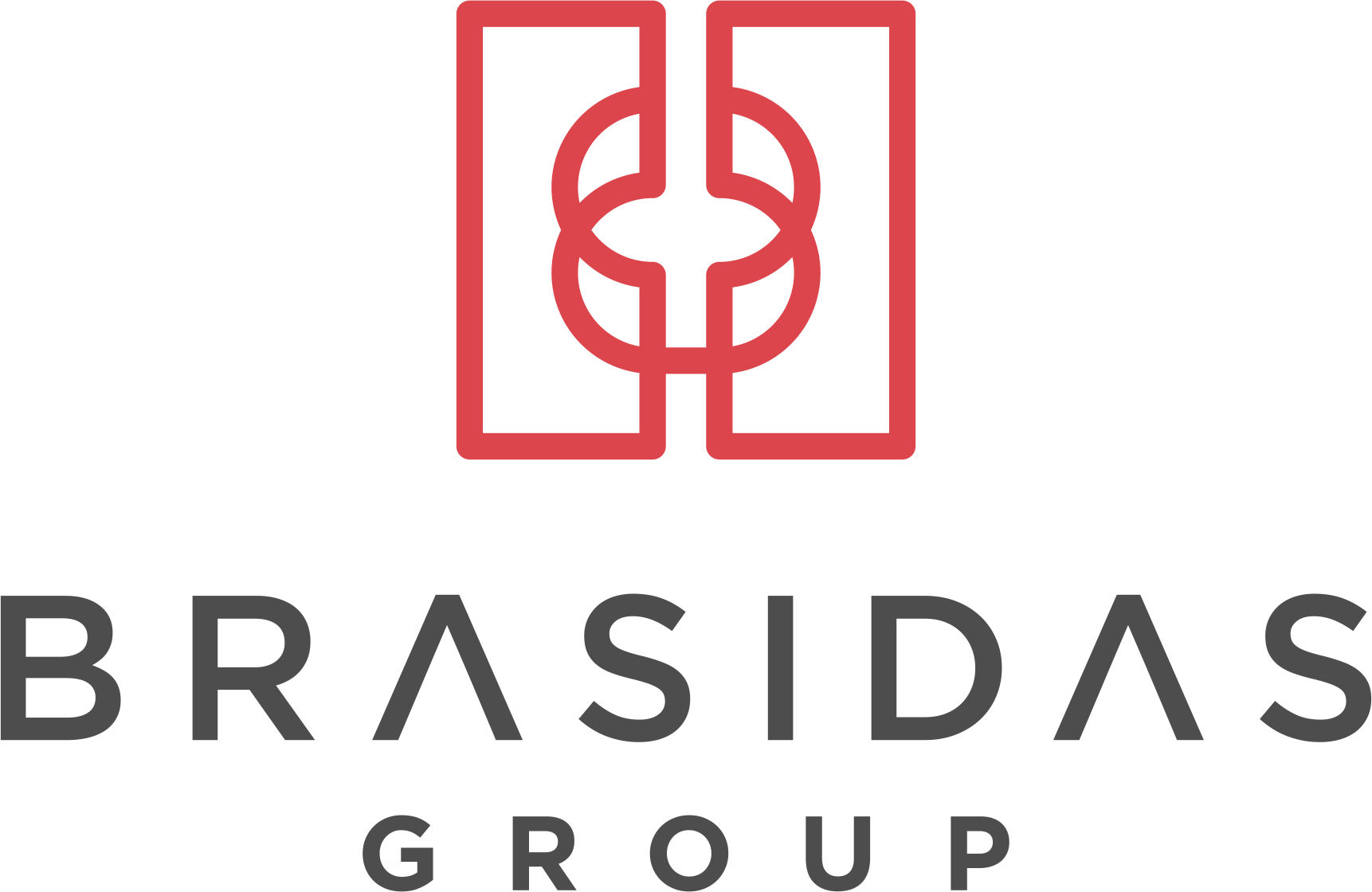Blockchain and Crypto Assets
Rising inflation and fears of recession spurred by rising interest rates have seen a general economic downturn. Crypto-assets are no exception to this overall downturn. In a space that has been price exclusionary for many, the market factors are causing many investors to consider the present a prime opportunity to enter the crypto space. As the price of industry-leading crypto-assets continues to drop, investors without prior exposure to this asset class are flooding the market. However, investors should understand this space’s unique benefits and risks.
To understand and mitigate the risks and benefits of crypto-investing, it Is key to have an adequate understanding of crypto-assets and what differentiates them from all other financial asset classes. In its primary sense, cryptocurrency, the most common crypto-asset, refers to a digital currency secured by cryptographic technology, in contrast to fiat currency, which is backed by a government or a commodity currency backed by precious metals such as gold. Cryptography’s role in cryptocurrency makes it nearly impossible to counterfeit a digital currency. Furthermore, essentially all cryptocurrencies exist on a peer-to-peer transaction system, thus eliminating the role of financial intermediaries such as banks or payment processors. This characteristic holds true for other crypto assets, such as non-fungible tokens (NFTs).
A blockchain or distributed ledger is the underlying system that allows a peer-to-peer payment system to work. A blockchain collects information in groups, known as blocks or ledgers. Blocks have certain storage capacities and, when filled, are closed and linked to the previously filled block, forming a chain of data or a “blockchain.” In order to understand blockchain technology’s particularities, it is essential to understand the four main types of blockchains. These include public, private, hybrid, and consortium blockchains.
Different Types of Blockchains
Public blockchains are the most common blockchains on which most cryptocurrencies run. The most significant benefit of public blockchains is that no single entity controls the blockchain, making it difficult to alter or tamper with the information chain. It is primarily due to this aspect that public blockchains are considered highly secure. But as a drawback, these blockchains have a prolonged transaction speed. For example, no sane person would buy a cup of coffee with Bitcoin if the time it took for the transaction to process is over 10 minutes, the average confirmation time for a Bitcoin transaction. This is a major impediment to the growth of cryptocurrency as a medium of daily exchange.
Private blockchains, unlike public blockchains, are restrictive by design and are closed off to the public. A single entity or individual generally controls these blockchains. The benefit of centralized control is that third parties are restricted from accessing certain information and processing times are usually much faster. It is conceivable that in the not-so-distant future, hospitals or universities could utilize a private blockchain to store confidential personal data.
A hybrid blockchain combines the main aspects of private and public blockchains. Organizations can set up a private, permission-based system where only select entities can access the blockchain’s underlying data. In a hybrid model, this is usually coupled with a public permissionless blockchain to which anyone has access. Like private blockchains, hybrid blockchains are not entirely transparent but add the values of centralized control.
A consortium blockchain is a private blockchain that grants access to a particular group rather than a single entity. This reduces the risk of a single individual controlling the entire network.
Risks of Blockchain
As with any digital technology, blockchains have risks from various vectors, particularly from a cybersecurity perspective. In addition to spear phishing, ransomware, or SIM swaps, there are inherent digital risks that expose blockchains to various exploitation methods from bad actors. For example, at the nucleus of any blockchain are set cryptographic keys. Like a password, these keys are intended to be private signatory devices that can provide proof of ownership. Usually, a crypto transaction will involve a set of both public and private keys. While the public key can act as an account number allowing the holder to receive transactions, a private key acts as a personal key for a safety deposit box enabling the user to access or “unlock” the cryptocurrency and prove ownership. Ideally, like a safety deposit box, no one but the owner should have access to private keys.
Nevertheless, malicious actors are constantly attempting to gain access to these keys. Furthermore, if the key is lost, the cryptocurrency in that transaction is rendered unspendable. Thus memorizing complex private cryptographic keys or storing them on a digital server or drive creates its own risks and flaws.
From a regulatory perspective, another inherent issue with blockchain technology is the anonymity of the marketplace. By its very nature, blockchains are and will remain mostly anonymous. This is primarily due to protocols of crypto transactions that often require users to verify any given cryptocurrency transaction anonymously. Additionally, cryptocurrency was initially developed as an alternative to traditional fiat currencies, subject to strict regulation and monitoring. Cybercriminals are increasingly using cryptocurrencies as a vehicle for money laundering and other forms of financial crime. Chainalysis estimated an average of USD 8.7 billion in cryptocurrency per annum was laundered from 2019-2021. Blockchains are by their very nature untransparent, and that problem will continue to plague the industry or encourage lawmakers to regulate the market. Regulation can have positive effects from a due diligence and law enforcement perspective. Still, regulation could also send crypto-markets into a tailspin as much of their value is based on speculation.
As speculation plays an integral role in cryptocurrency value, volatility in the market is also a prime risk with cryptocurrencies. For example, in the last year, one Bitcoin traded for anywhere between USD 66k and USD 20k, while a single EUR was valued at USD 1.19 to USD 1.05 over the same period. As an investor, the types of volatility seen in the crypto sphere should precipitate careful consideration. Cryptocurrencies inherently hold no intrinsic value, and their value is based entirely on the amount someone is willing to pay for them. However, as they are increasingly being accepted as a medium of exchange by respectable companies like IBM and payment processor Square, their market value continues to grow. Nevertheless, much of the current value of a cryptocurrency like Bitcoin or Ethereum is driven by volatility, and they are quite sensitive to market fluctuations.
The market volatility risk also provides investors with the additional risk of rug pulls. Rug pulls are a standard crypto pump and dump scheme that capitalize on investors’ desires to get rich quickly by entering the ground floor of the latest cryptocurrency. One recent example capitalized on the popularity of the Netflix show Squid Game. Scammers created a $SQUID coin that exploded in value from one penny to USD 2,800 only to freefall back to pennies minutes later. The scammers ultimately made off with millions. Unlike a regulated securities market, this type of predatory behavior is completely legal in the cryptocurrency world.
Additional risks in the cryptocurrency space include fake platforms, fake digital wallets, mining scams, initial coin offering (ICO) scams, and variations of Ponzi schemes. These risks necessitate that crypto-investors conduct adequate due diligence before entering the market.

How to handle crypto assets from a due diligence perspective
There are a few steps investors can take to consider any cryptocurrency investment. Before investing in any new crypto asset, investors should read and understand the project’s white paper. Crypto white papers serve as a blueprint issued by developers outlining their goals for the project. The white paper should also contain the project’s design methodology and explain why developers decided to create it. Often white papers can seem too technical for those without a computer science background, but the project’s primary underlying idea should be accessible for the uninitiated to understand.
Significant variables to consider in a project’s white paper are the real-world utility of a crypto project, how the project receives consensus in the decentralized network, how crypto assets are distributed, and the project timeline. The answers to these questions differ widely depending on the project.
The white paper should also provide the potential investor with key information about the project that can be used to verify a project’s bona fides. In principle, investors should independently verify various factors before investing in any crypto asset. One key factor is where the cryptocurrency is exchanged, as any cryptocurrency should be traded on a branded, legal crypto exchange with an established reputation. Another factor to consider is the company’s registration and affiliation to verify that companies are who they claim to be and are regulated and registered with the organizations they claim. Generally speaking, a legitimate company will conduct a KYC check on a potential customer. Thus, a company that does so adds a degree of trust to an investor’s risk assessment. Furthermore, investing in crypto-assets could expose investors to potential regulatory and sanctions challenges that they should be aware of.
The Brasidas Group offers professional services to assist investors in crypto markets. Our range of bespoke solutions can provide an investor with the due diligence and red-flag assessments to make an informed crypto-investment decision. As the crypto market grows, the Brasidas Group continues to provide its clients with bespoke products to assist them in navigating the ever-changing market landscape.
However, the Brasidas Group is not a financial advisor, and the information contained in this article or any published material in this newsletter should not be taken as constituting professional advice. You should consider seeking independent legal, financial, taxation, or other advice as it relates to your unique circumstances. The Brasidas Group is not liable for any loss caused arising from the use of, or reliance on, the information contained in this or any other publicly-available document from the Brasidas Group.




